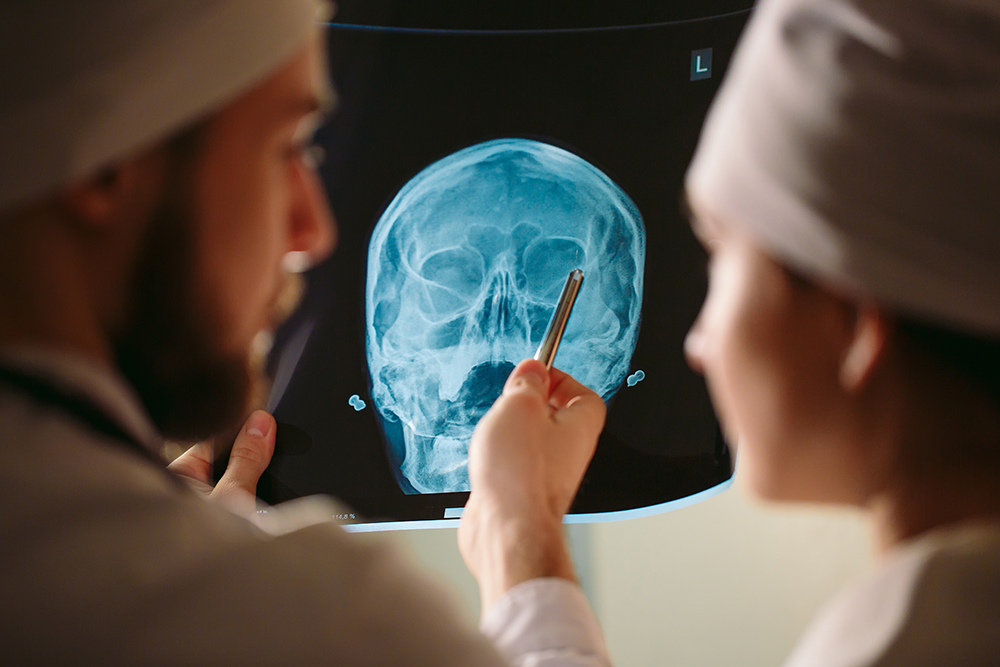Assume The WorstIf a doctor does not eliminate a bleed in the brain as a cause of complaints the damage from the untreated bleed may exponentially grow.
An acute subdural hematoma is a bleed in the brain usually caused by trauma. Most subdural hematomas are cause by car accidents, falls, sports injuries or assaults. For more vulnerable populations a brain bleed may be caused by less severe forms of trauma. The signs of a subdural hematoma include:
- Headache
- Dizziness
- Impaired balance or coordination (ataxia)
- Confusion
- Lack of energy (lethargy)
- Nausea or vomiting
If you sought medical care after a car accident, fall or other trauma and you had some of these symptoms the health care provider should look for further signs of a brain injury such as a subdural hematoma and should conduct a complete neurologic exam. A misdiagnosis of a brain injury or concussion is potentially fatal medical error.


